Turkey has a total of 43 national parks. These national parks protect a wide variety of ecosystems, including mountains, forests, coastal areas, wetlands, and historical sites, and offer opportunities for outdoor activities, wildlife viewing, and cultural experiences.
About Turkey National Parks
Turkey, a country straddling Europe and Asia, is home to 35 national parks that highlight its rich biodiversity and diverse landscapes. These parks span a variety of ecosystems, from towering mountains and ancient forests to vast wetlands and unique geological formations. Turkey’s national parks are vital for conserving the country’s natural heritage and provide a haven for rare species, including the Anatolian leopard, brown bear, and Dalmatian pelican.
Among Turkey’s most celebrated parks is Göreme National Park, located in the Cappadocia region. A UNESCO World Heritage Site, Göreme is famous for its surreal landscapes of “fairy chimneys,” ancient cave dwellings, and underground cities. The park also holds significant cultural and historical value, with rock-hewn churches and monasteries dating back to the Byzantine era. Visitors are drawn to its stunning valleys, such as the Love and Rose Valleys, and its unique hot air balloon experiences that provide breathtaking aerial views.
Köprülü Canyon National Park, in the Mediterranean region, is another highlight. Renowned for its dramatic canyon carved by the Köprüçay River, this park offers a mix of adventure and natural beauty. It is a popular destination for white-water rafting, hiking, and exploring the ancient ruins of Selge, a Greco-Roman city within the park. The park’s diverse flora and fauna include endemic plants and golden eagles, making it a must-visit for nature and history enthusiasts alike.
Mount Nemrut National Park, located in southeastern Turkey, combines natural and historical wonders. The park is home to the monumental tomb-sanctuary of King Antiochus I of Commagene, perched atop Mount Nemrut at over 2,000 meters above sea level. The site is famous for its giant stone statues and breathtaking sunrise and sunset views, drawing visitors from around the world. The park also features rugged landscapes and unique vegetation adapted to its high-altitude environment.
Uludağ National Park, near Bursa, is Turkey’s premier destination for winter sports. Known as the “Great Mountain,” Uludağ is a hub for skiing, snowboarding, and alpine activities during the winter months. In summer, the park’s dense forests, meadows, and waterfalls attract hikers and campers. Uludağ’s biodiversity includes species like lynxes, wild goats, and a variety of birdlife.
Kaçkar Mountains National Park, in the northeastern Black Sea region, is a paradise for trekkers and nature lovers. Known for its lush alpine meadows, glacial lakes, and dramatic peaks, the park supports a wide range of wildlife, including bears and wolves. Its cultural richness, with traditional highland villages and vibrant local customs, adds to its allure.
Despite Turkey’s dedication to preserving its natural heritage, challenges such as deforestation, urbanization, and climate change pose threats to its ecosystems. However, efforts to promote sustainable tourism and reforestation projects are helping mitigate these impacts. Turkey’s national parks remain vital for conservation, education, and recreation.
Turkey National Parks

Aladağlar National Park
Explore Now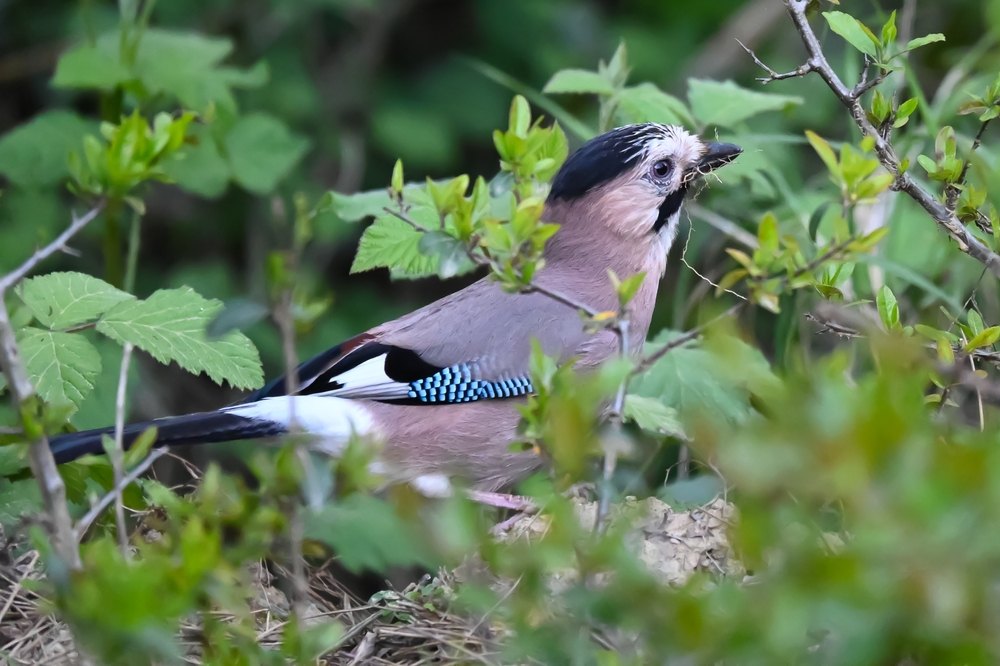
Altınbeşik Cave National Park
Explore Now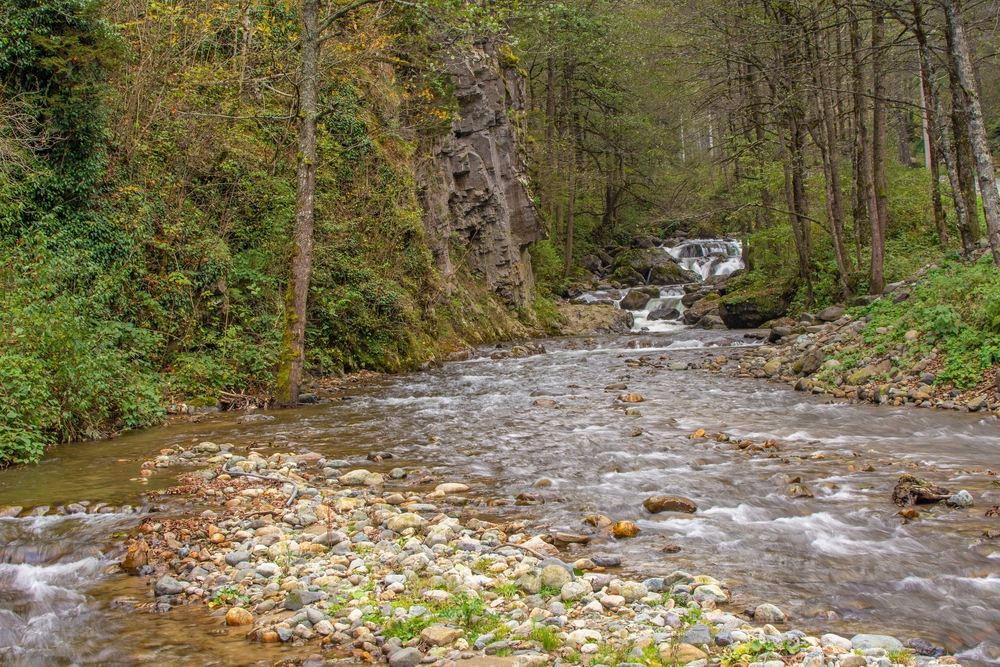
Altindere Valley National Park
Explore Now
Beydağları Coastal National Park
Explore Now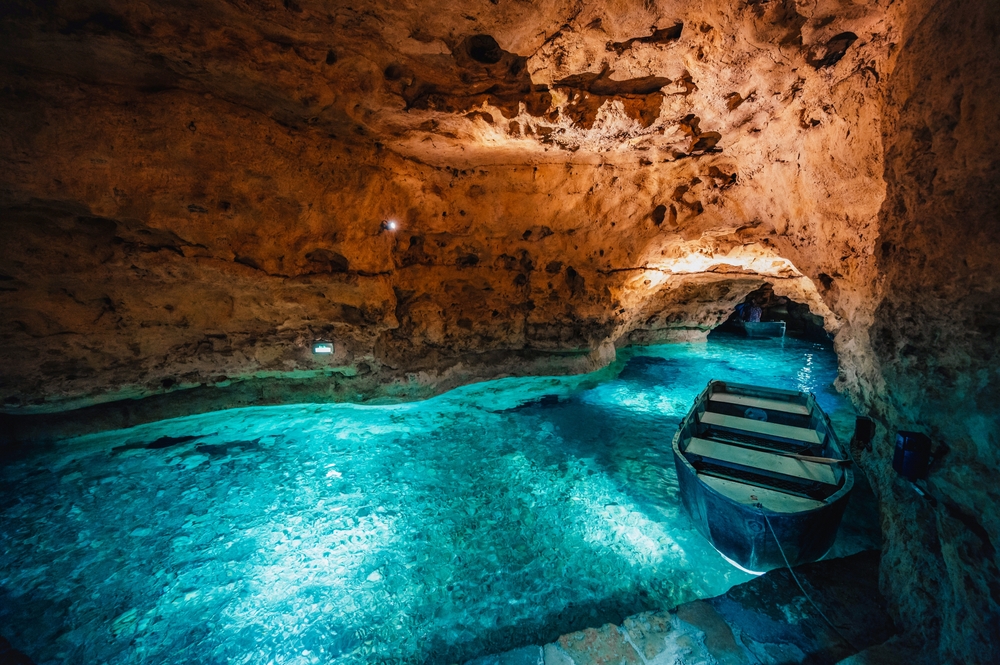
Derebucak Çamlık Caves National Park
Explore Now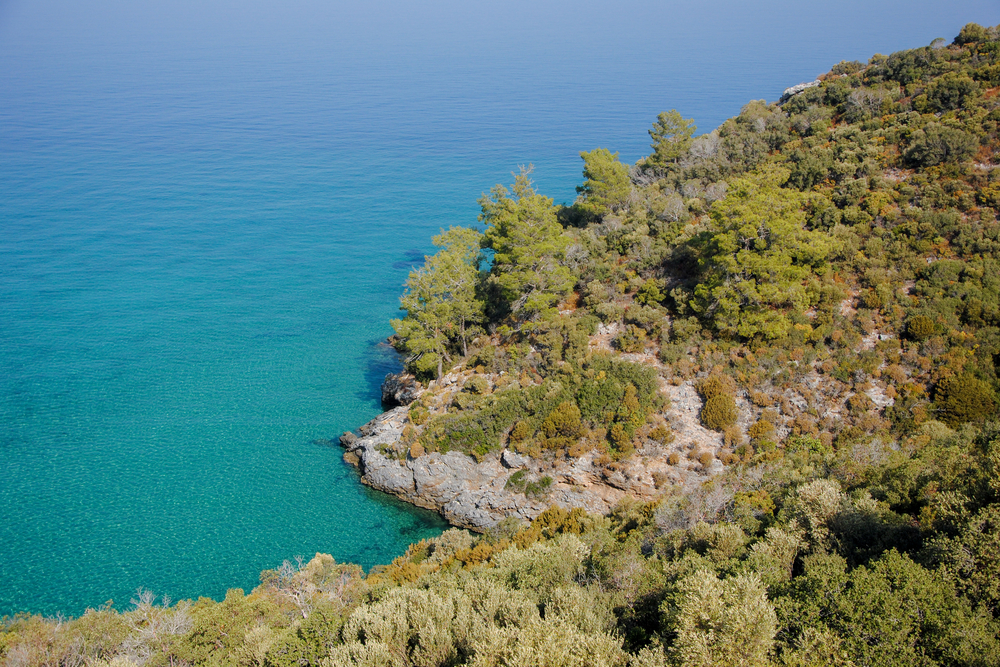
Dilek Peninsula–Büyük Menderes Delta National Park
Explore Now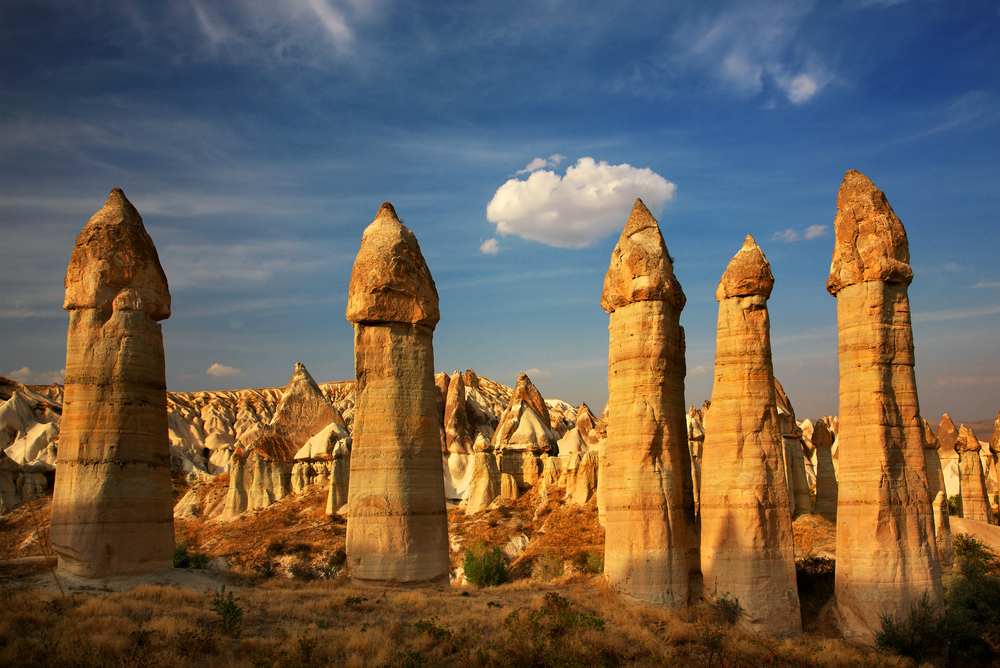
Göreme National Park
Explore Now
Hakkâri Cilo-Sat Mountains National Park
Explore Now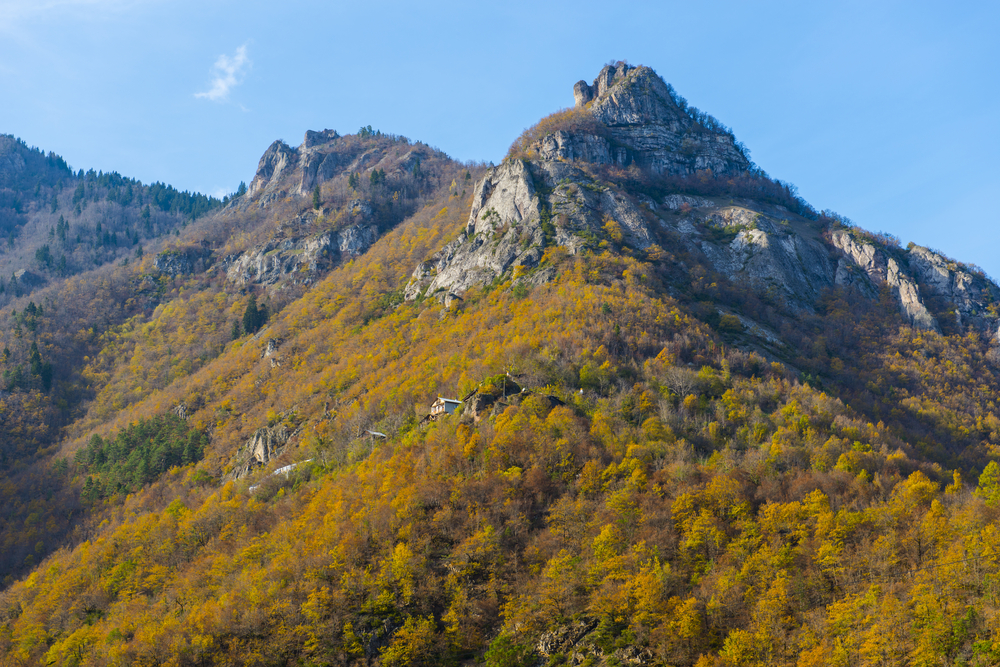
Hatila Valley National Park
Explore Now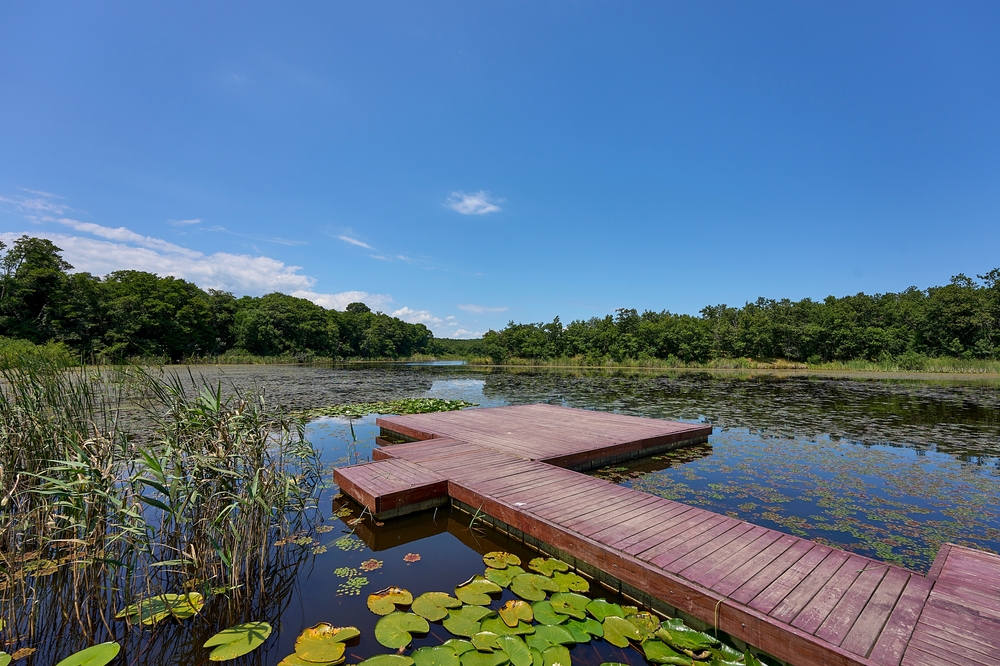
İğneada Floodplain Forests National Park
Explore Now
Kaçkar Mountains National Park
Explore Now
Karagöl–Sahara National Park
Explore Now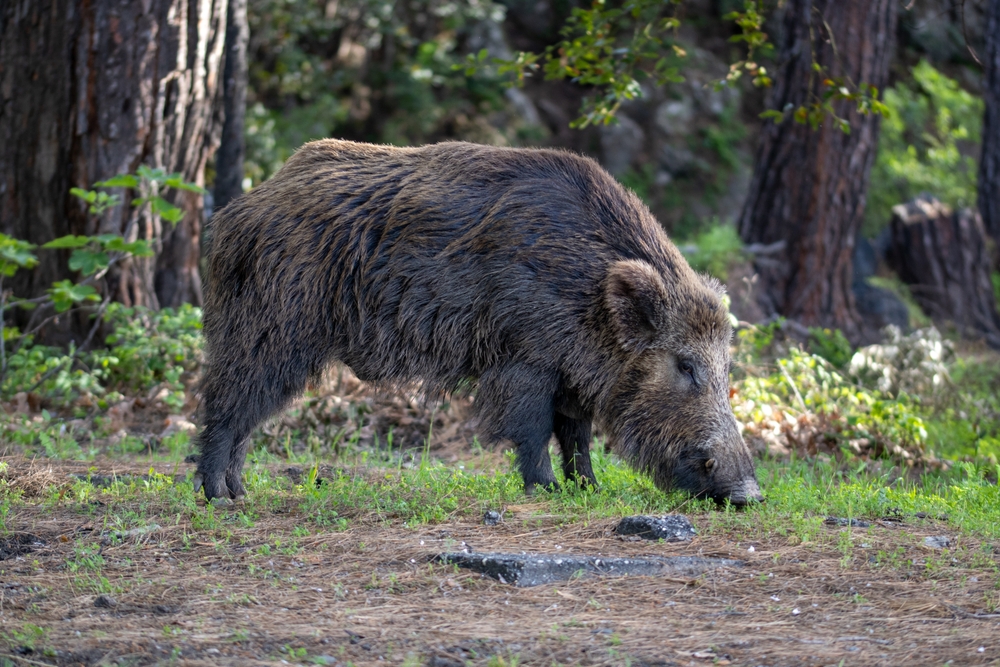
Kızıldağ National Park
Explore Now
Köprülü Canyon National Park
Explore Now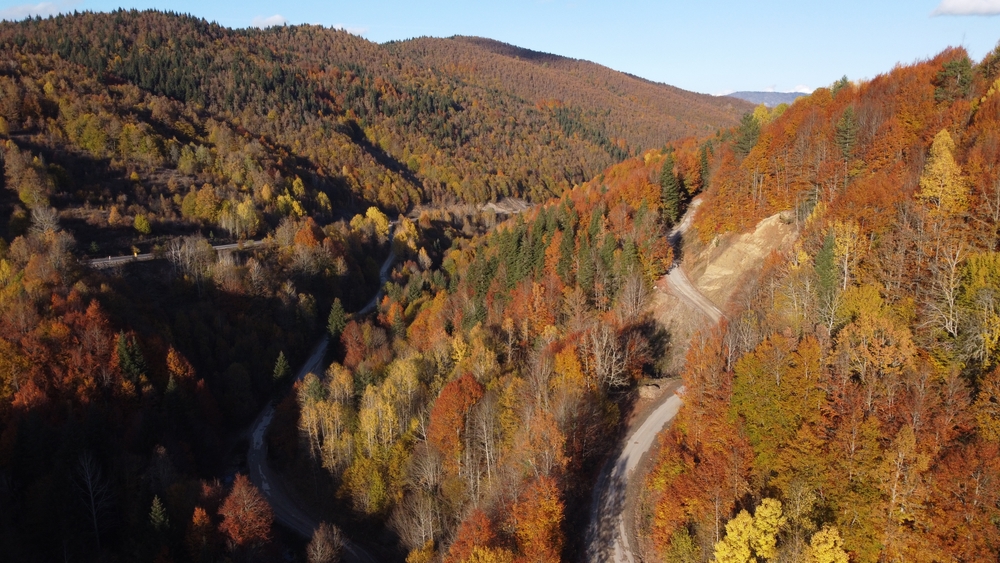
Küre Mountains National Park
Explore Now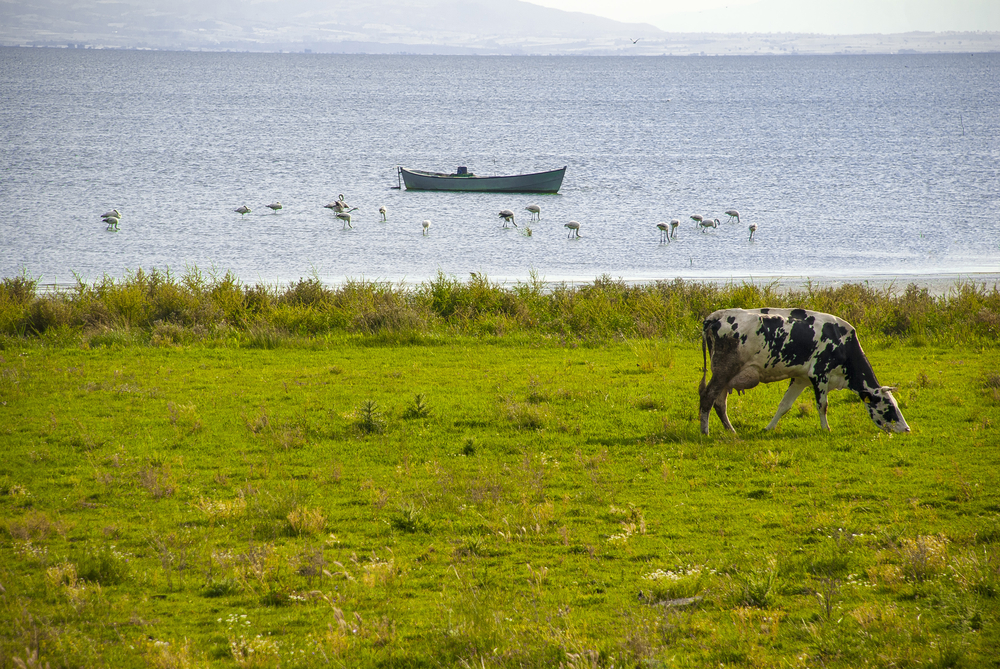
Kuşcenneti National Park
Explore Now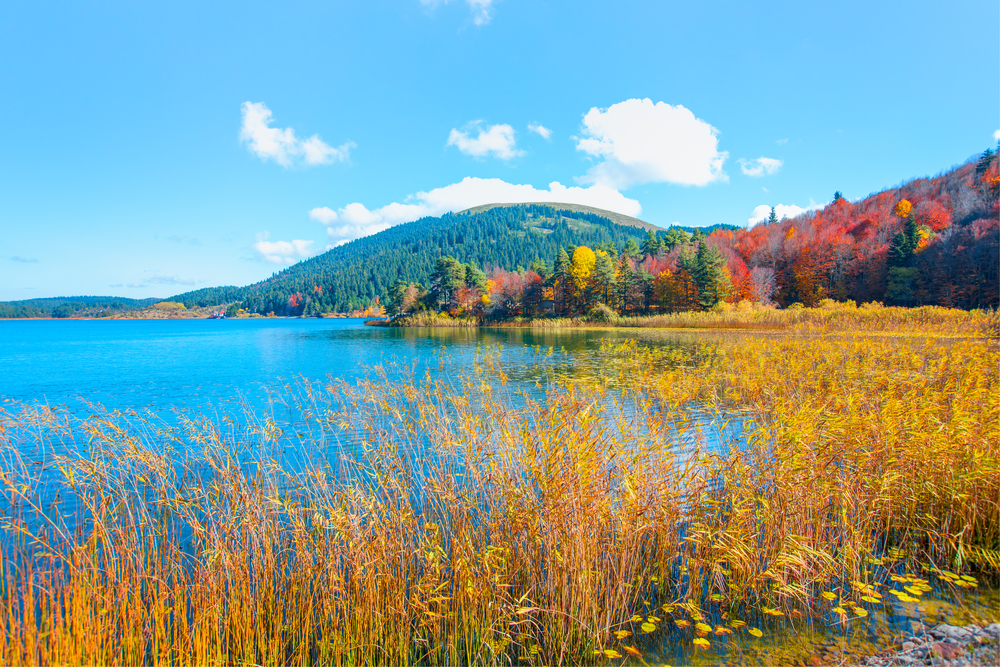
Lake Abant National Park
Explore Now
Lake Beyşehir National Park
Explore Now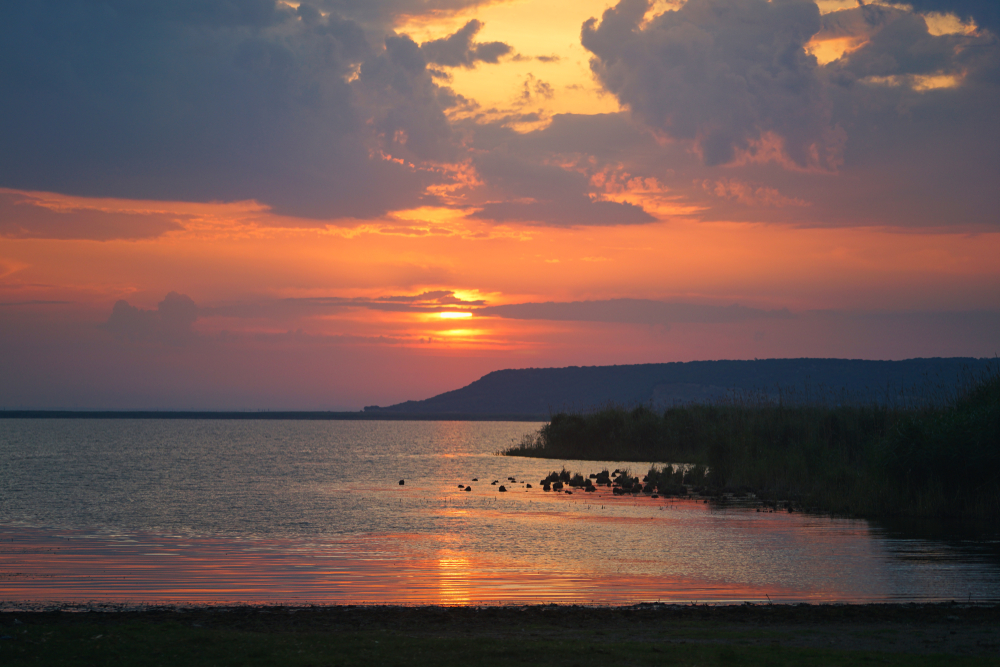
Lake Gala National Park
Explore Now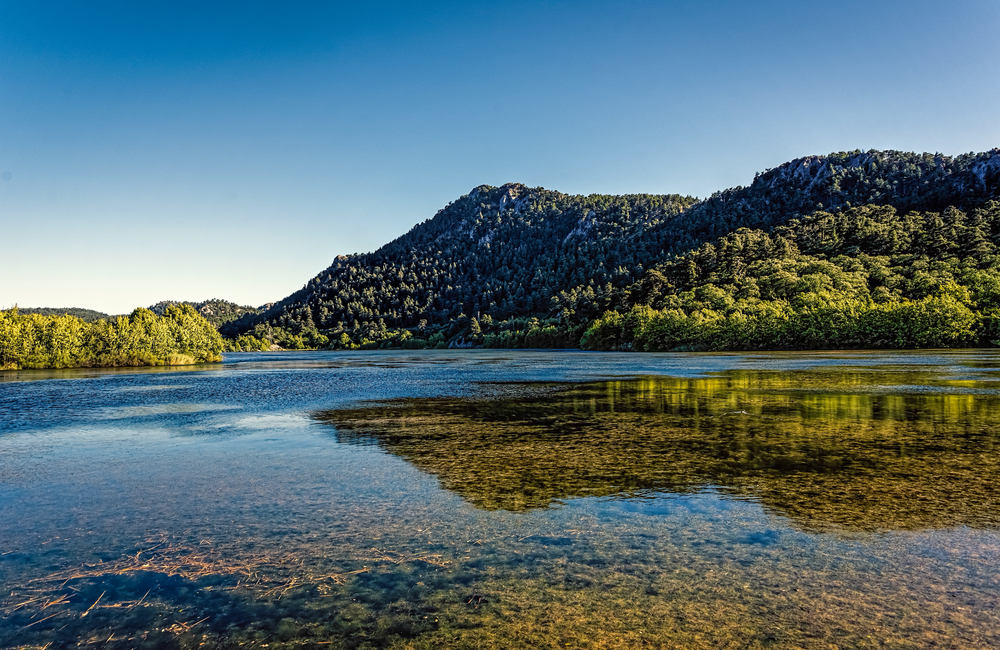
Lake Kovada National Park
Explore Now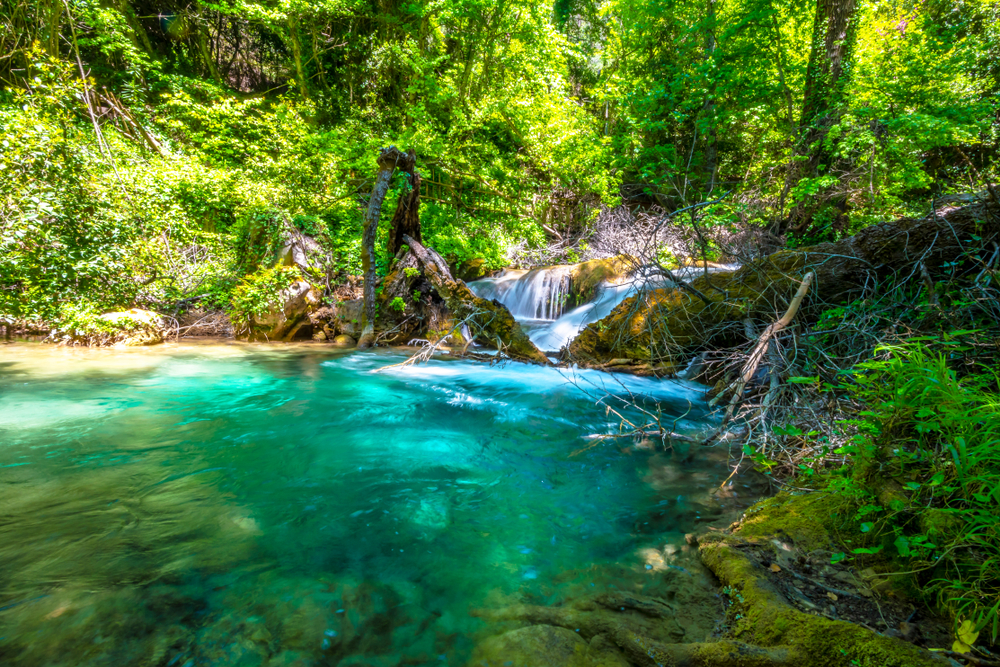
Marmaris National Park
Explore Now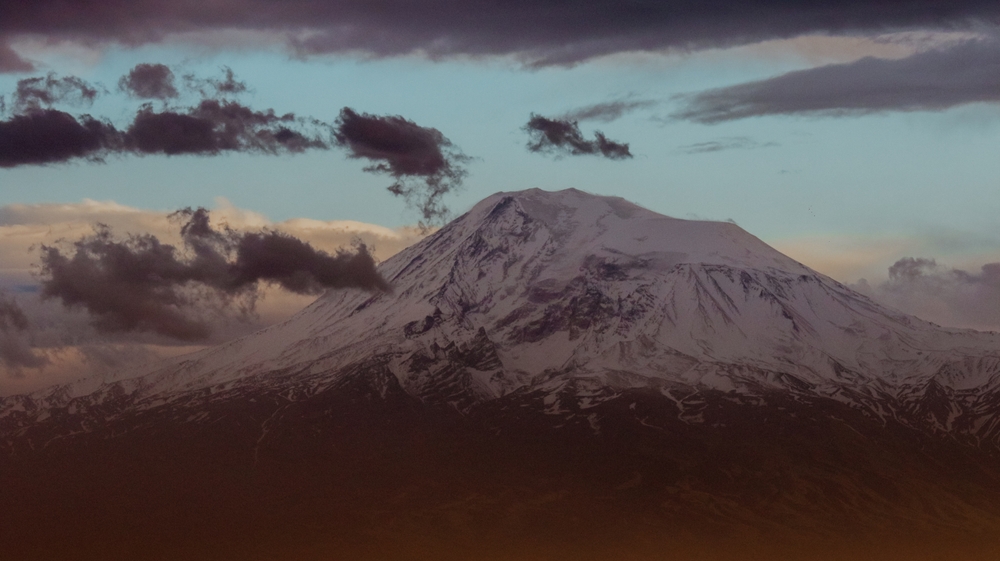
Mount Ararat National Park
Explore Now
Mount Güllük–Termessos National Park
Explore Now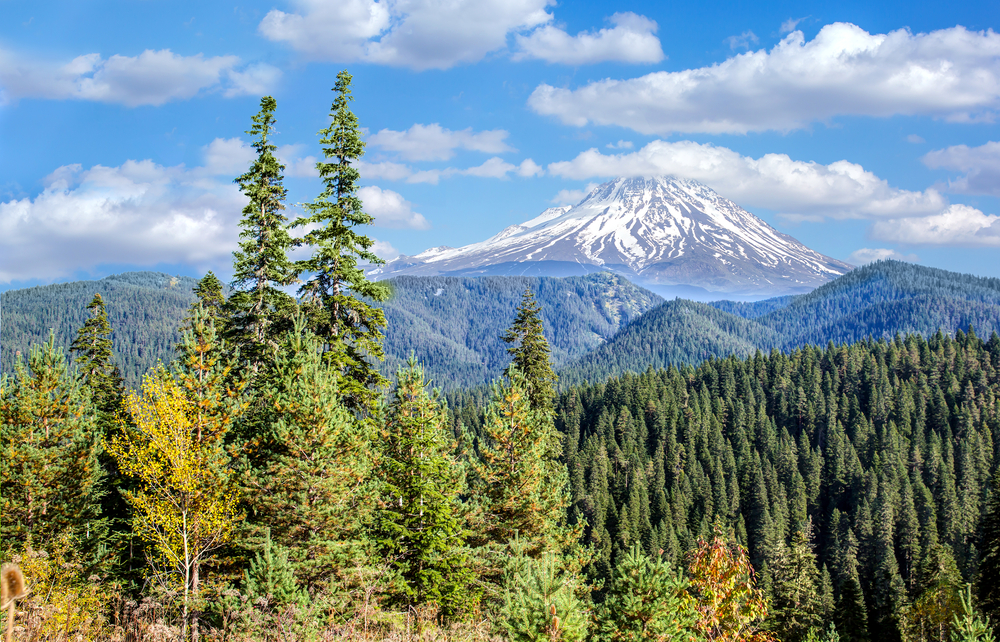
Mount Ilgaz National Park
Explore Now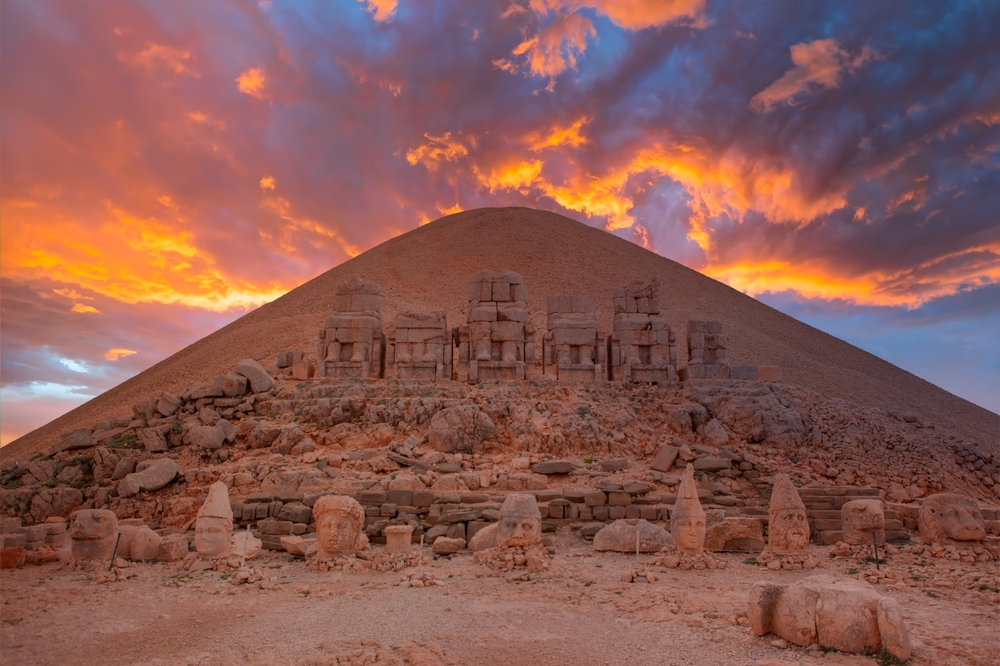
Mount Nemrut National Park
Explore Now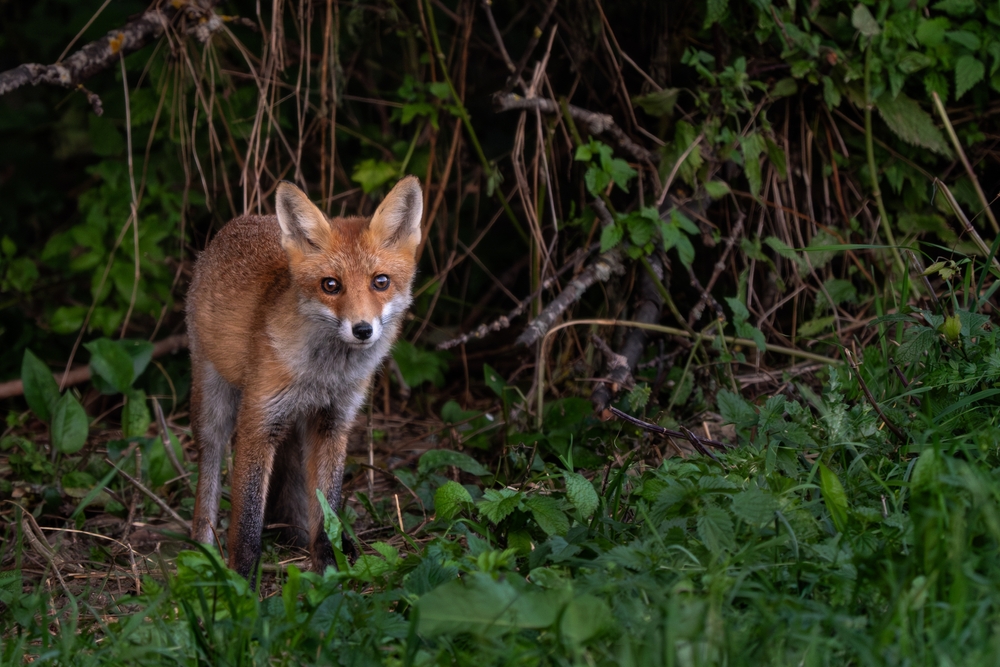
Mount Sarıçalılık National Park
Explore Now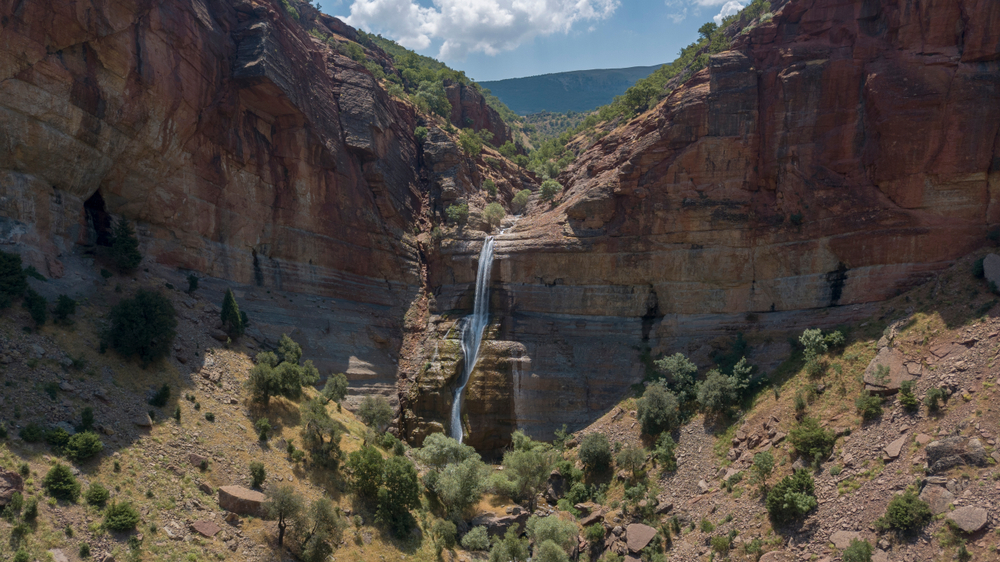
Munzur Valley National Park
Explore Now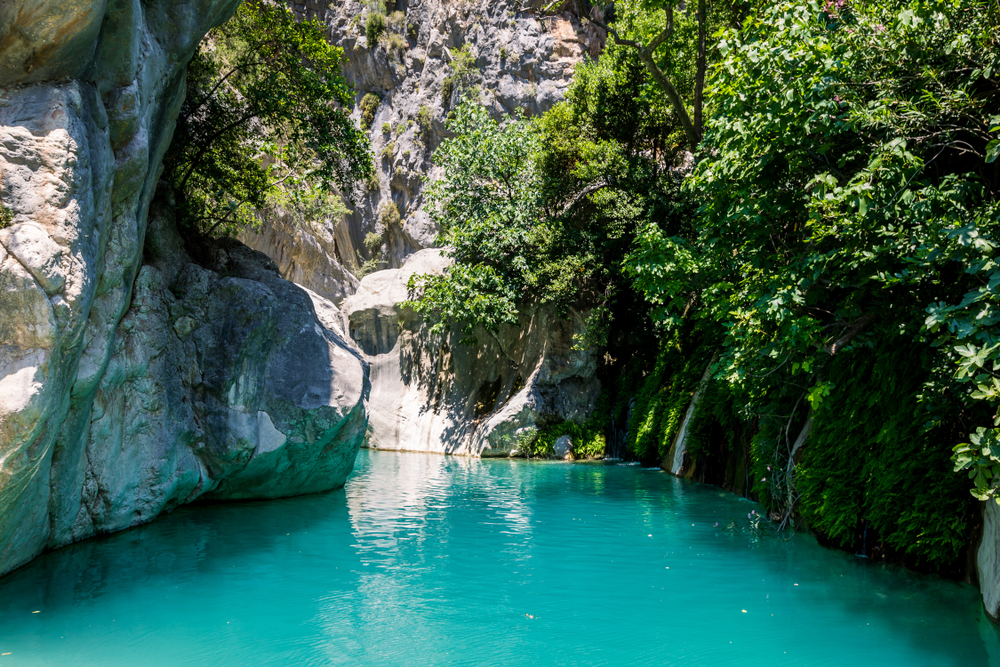
Saklikent National Park
Explore Now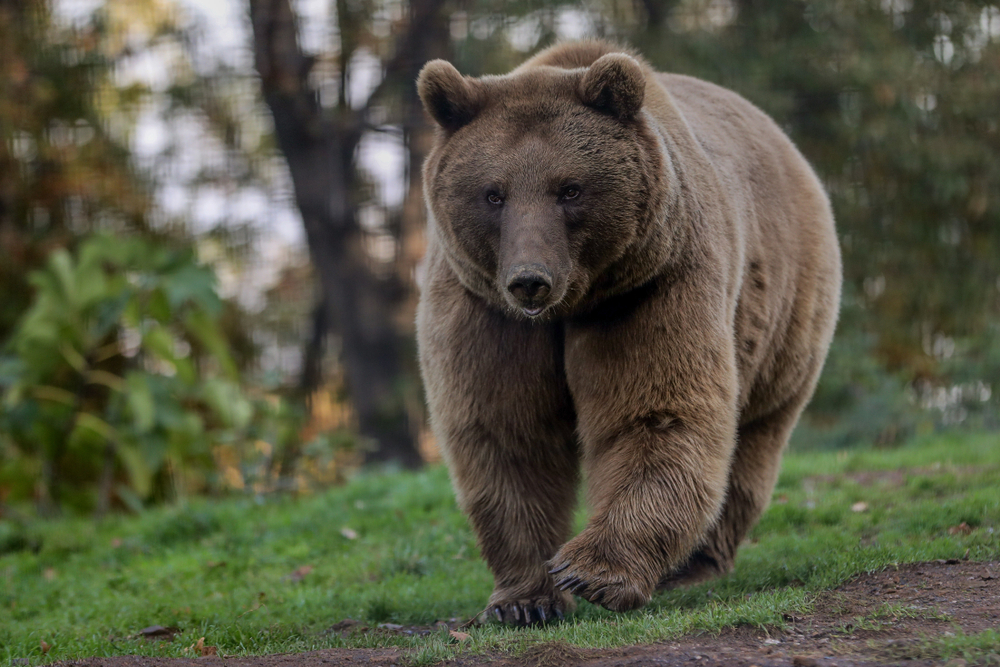
Sarıkamış–Allahuekber Mountains National Park
Explore Now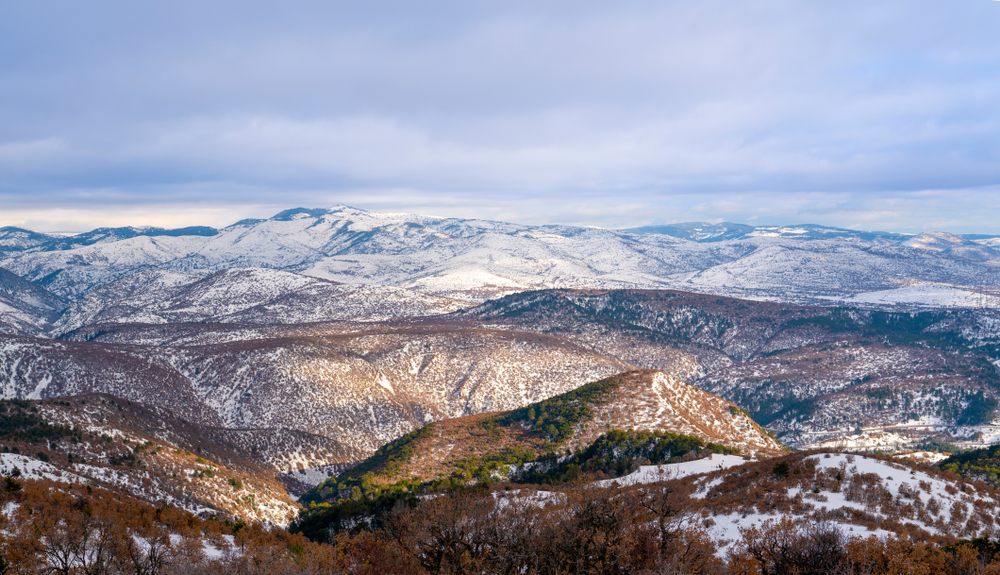
Soğuksu National Park
Explore Now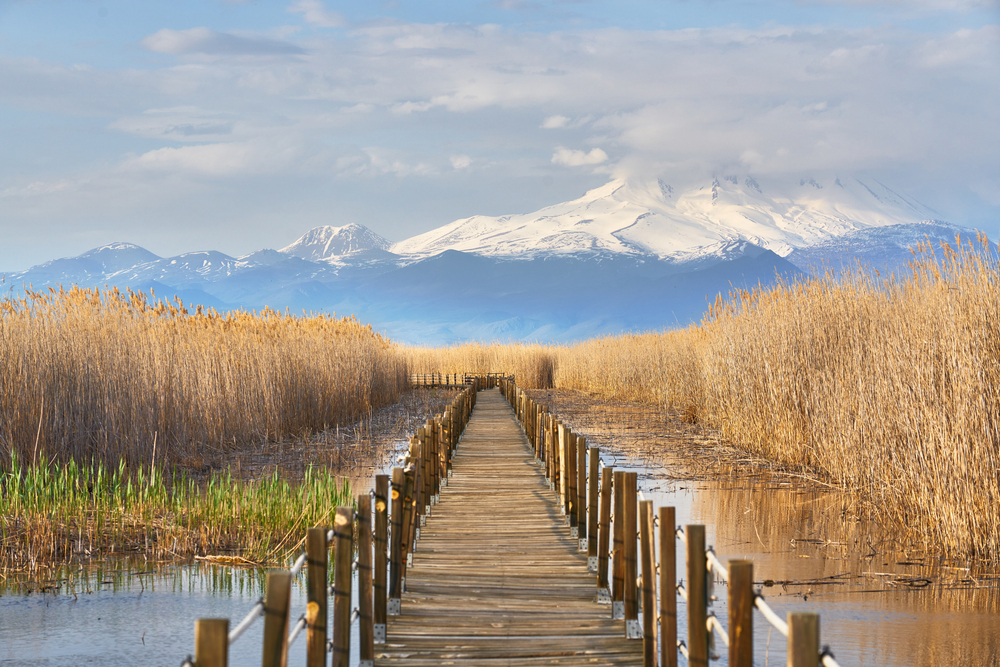
Sultan Reedy National Park
Explore Now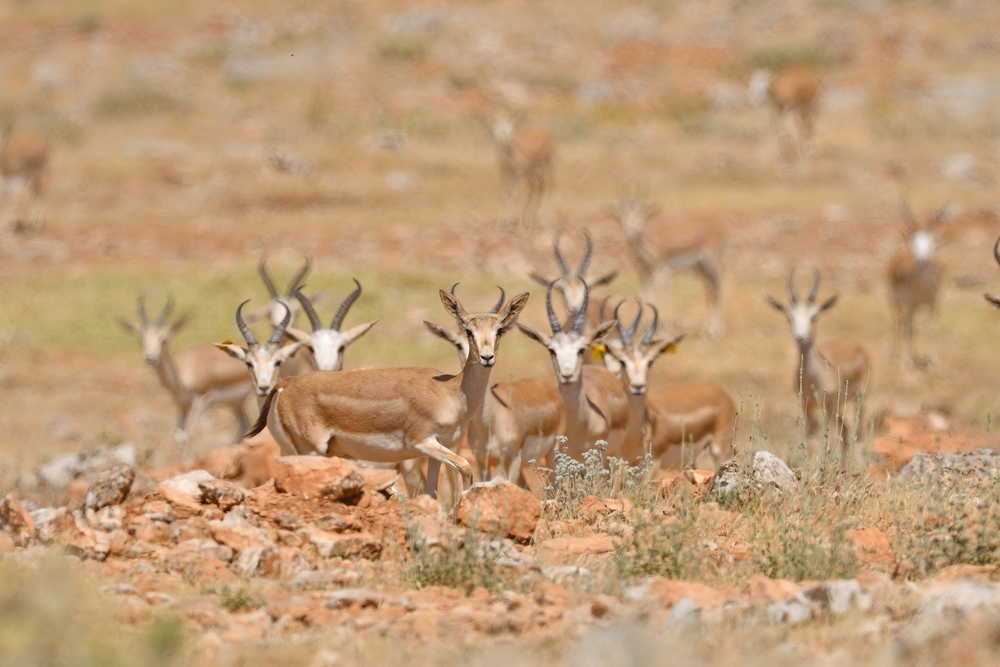
Tek Tek Mountains National Park
Explore Now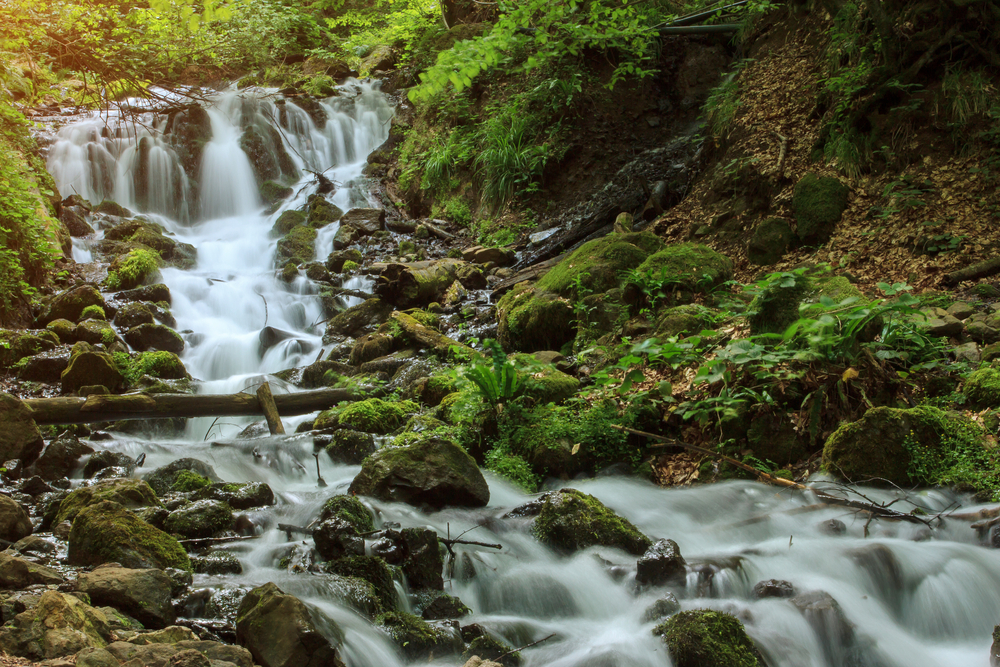
Yedigöller National Park
Explore Now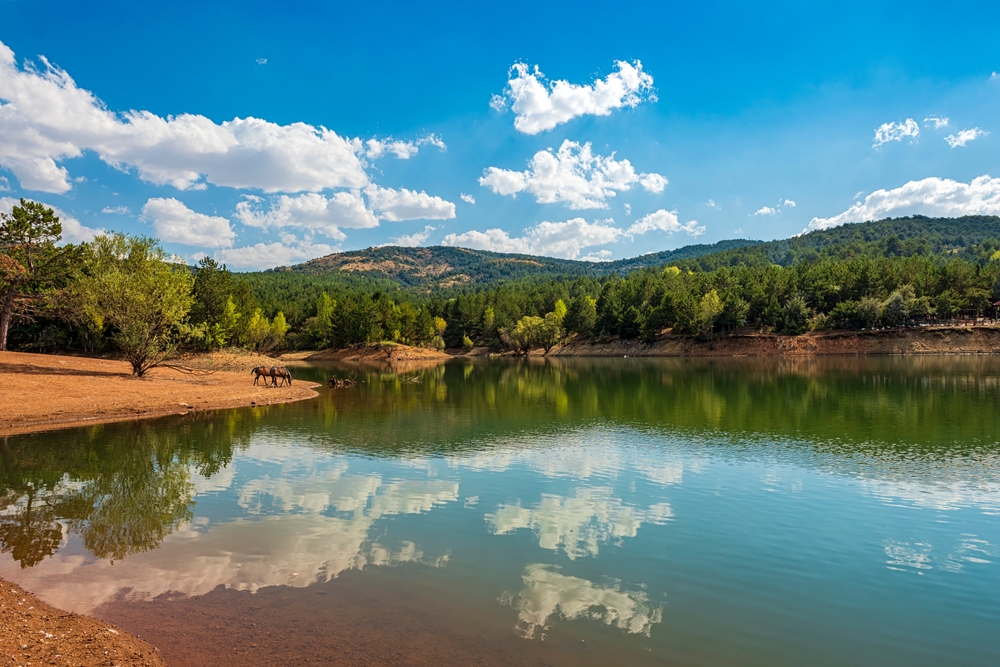
Yozgat Pine Grove National Park
Explore Now
Uludağ National Park
Explore NowFAQ’s
1. How many national parks are there in Turkey?
2. What was the first national park in Turkey?
3. What is the largest national park in Turkey?
Mount Ararat National Park is the largest national park in Turkey, covering approximately 348 square miles (900 square kilometers).
Located in the eastern part of the country, this park is centered around Mount Ararat, Turkey’s highest peak at 16,854 feet (5,137 meters).
The park offers stunning mountainous landscapes, glaciers, and opportunities for trekking and climbing. It is also rich in wildlife, including bears, lynxes, and various bird species.
4. What is the smallest national park in Turkey?
The smallest national park in Turkey is Lake Abant National Park, covering around 4.9 square miles (12.5 square kilometers).
Located in the Bolu province, the park is famous for its tranquil lake surrounded by dense forests, offering picturesque scenery and a peaceful retreat. Lake Abant is a popular destination for hiking, picnicking, and enjoying the natural beauty of the lake and its surrounding flora and fauna.
5. What is the most popular national park in Turkey?
Mount Nemrut National Park is one of the most popular national parks in Turkey, known for its ancient monumental statues and rich historical significance.
Located in southeastern Turkey, the park’s main attractions include the Mount Nemrut summit, where massive stone heads and thrones from the Kingdom of Commagene overlook the landscape.
Visitors come to see these ancient ruins at sunrise or sunset, as well as to explore the tombs and religious monuments scattered throughout the area.
The park’s combination of archaeological wonders and natural beauty make it a must-visit destination for both history enthusiasts and nature lovers.
6. What percentage of Turkey's land area is protected through official National Parks?
Approximately 1.3% of Turkey’s land area is protected through official national parks, amounting to about 3,140 square miles (8,130 square kilometers). These parks aim to preserve the country’s rich biodiversity and cultural heritage, from ancient ruins to forested mountain ranges and coastal ecosystems.
7. What other protected areas are there in Turkey?
In addition to its national parks, Turkey has several other protected areas, including nature reserves and wildlife sanctuaries. The Lake Tuz Special Environmental Protection Area, for example, is an important breeding ground for flamingos and other migratory birds.
Dilek Peninsula-Büyük Menderes Delta, located on the Aegean coast, is a critical area for the conservation of endangered species and wetlands.
The Kaçkar Mountains, in northeastern Turkey, are home to a rich variety of flora and fauna and are protected as part of various conservation efforts.
8. What nature attractions does Turkey have apart from National Parks?
Turkey boasts a wide array of natural attractions beyond its national parks. Pamukkale, with its cascading white travertine terraces formed by mineral-rich thermal waters, is a UNESCO World Heritage Site and a major tourist destination.
The Aegean and Mediterranean coasts are lined with pristine beaches and clear waters, offering numerous opportunities for water sports, diving, and boat tours.
Mount Ararat, the highest peak in Turkey, attracts climbers and adventurers seeking to scale its snow-capped summit.
Additionally, the Saklikent Gorge, one of the deepest canyons in Turkey, provides opportunities for trekking, rafting, and canyoning.
9. What species are endemic and unique to Turkey alone?
Turkey is home to several endemic species that are found nowhere else in the world. The Anatolian viper, a venomous snake species, is native to the region’s mountainous areas.
The Van cat, with its distinctive odd-colored eyes, is a breed unique to the Lake Van area in eastern Turkey. In terms of flora, Turkey is home to many species of wild tulips, particularly in the highlands and mountainous regions, and the Turkish pine (Pinus brutia), which dominates the country’s coastal forests.
10. What is Turkey's main international airport?
Turkey’s main international airport is Istanbul Airport (IATA code: IST), located in Istanbul. It is one of the largest and busiest airports in the world, serving as a major hub for flights between Europe, Asia, and the Middle East.
11. What international airline companies fly into Turkey?
The following international airline companies fly into Turkey:
- Air France
- British Airways
- Emirates
- KLM Royal Dutch Airlines
- Lufthansa
- Qatar Airways
- Turkish Airlines (national carrier)
- United Airlines
- Wizz Air
12. Who manages the national parks of Turkey?
The national parks in Turkey are managed by the General Directorate of Nature Conservation and National Parks, which operates under the Ministry of Agriculture and Forestry.
This governmental entity is responsible for the protection and management of Turkey’s natural resources, including national parks, wildlife, and forests.
For more information, the official website can be accessed at https://www.tarimorman.gov.tr.









































































